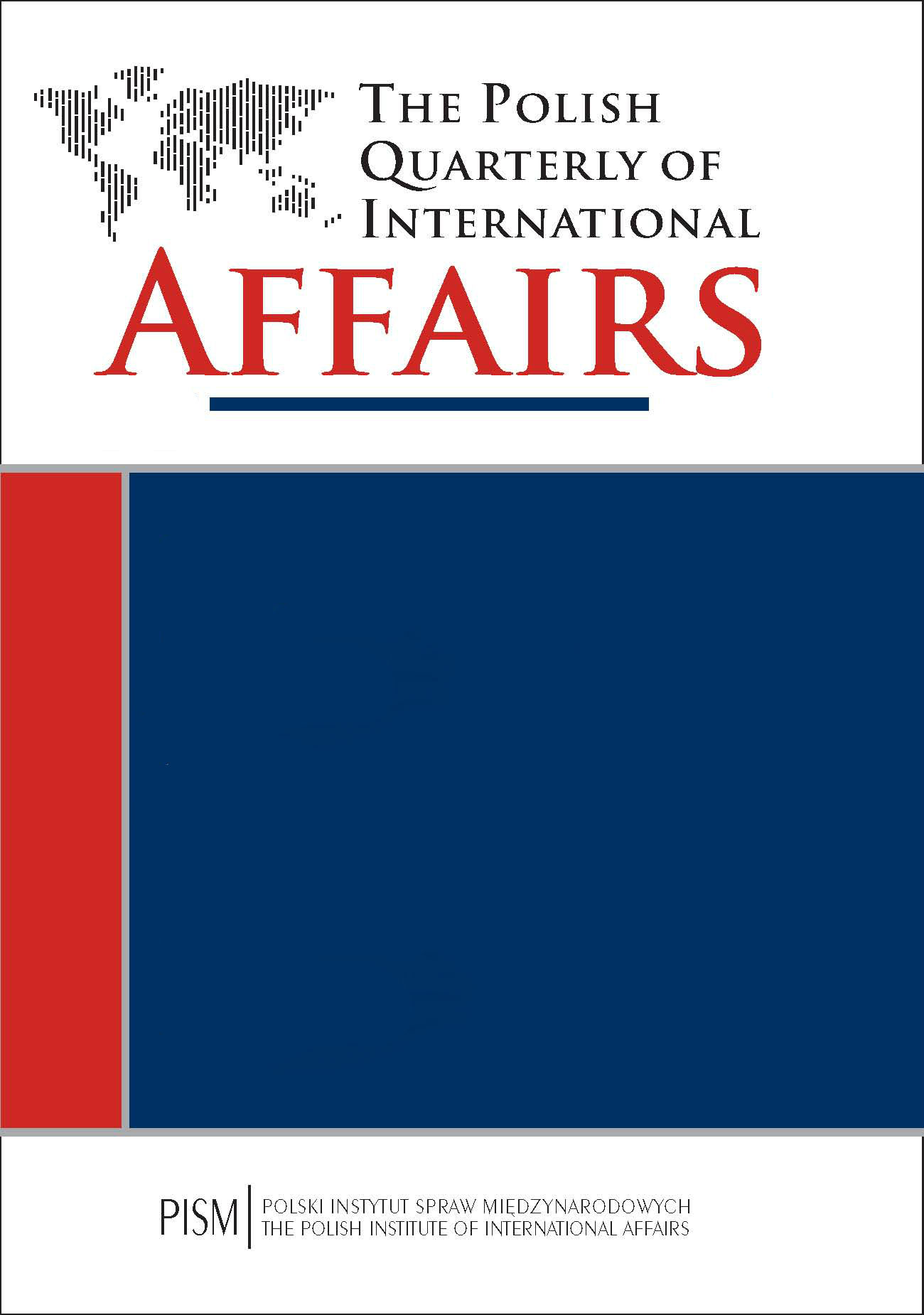
The diplomacy of Central European states achieved historical successes in the first 15 years after the end of the Cold War. Over the last three centuries the states and nations of this part of Europe have never been so free and secure as they are now. However, in the first decade of the 21st century something began to go wrong in these states, so far regarded top of the class. In the summer of 2007 Charles Gati warned the American Congress, “Central Europe is thus experiencing a winter of discontent; (...) the only region where democracy has taken root since the collapse of Communism is drifting away from the ambitious goals it set in 1989 and in the years that followed. Most disturbingly, Poland —now as ever the barometer of change in Central and Eastern Europe—appears bent to undo such major aspects of its post-Communist transformation as the compromises made by the Solidarity-led anti-Communists in 1989 with the country’s Communist authorities.”
More...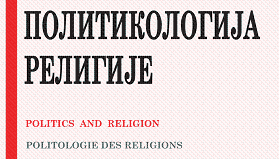
Keywords: cosmopolitanism; Cynicism; Stoicism; religions; Nussbaum; Küng
In a post Cold-War world riven with ‘minor’ conflicts, and a West anxious about the intermittent threat of terrorist attack, human equality and sodality (fraternity and sorority) require urgent review. Among interesting proposals for a theoretical foundation to human equality is Martha Nussbaum’s call for a revived, modern version of Stoicism to teach indifference to race and a neighbourly goodwill. Yet in her concern to avoid ‘teleologies’ Nussbaum denatures Stoicism by disconnecting it from its transcendent foundations. A problem for the modern world is to maintain the authority of states, with their capacity to produce relief for the poor and oppressed along with their capacity to dominate, while having them absorb the ideals of cosmopolitanism into their own policyformation. It is incumbent on the democratic state, the progenitor of the cosmopolitanism of both Cynicism and Stoicism, to promote the ideals of human dignity and equality. Nussbaum’s Stoicism scarcely helps, but there are globalizing organizations, such as the United Nations and its agencies, and globalized religious organizations, as advanced by Hans Küng, which may supply the institutional foundation.
More...Keywords: everydayness; time; power; subjectivity; form; border; place in being
The increasing interest to the problem of everyday being in modern philosophy is predetermined by the crisis of the classical model of subjectivity. Everydayness is one of the phenomena regarded to be a new background for subjectivity under the crisis of identity. The comprehension of everydayness is deeply connected with rethinking of time as the self-name of subjectivity. In this matter, analysis of the phenomenon of everydayness within the dialogue of different cultural traditions is rather urgent. It shows the connection of understanding everydayness with different types of power relations and different modes of subjectivation.
More...Keywords: knowledge; intelligence; intellectual capital; organization; organizational intelligence.
The purpose of this paper is to search for the main characteristics of intelligent organizations. Intelligence is one of those concepts that everyone has in mind, but hardly few can define or explain it. Thus, it is even more difficult to extend this concept to organizations, and to talk about organizational intelligence. This paper tries to show the new dimensions of intelligence up to the organizational level, and the new characteristics such intelligent organizations may have. Basically, intelligent organizations are the ones which developed the capability to continuously adapt to changing and unpredictable environments. They are learning organizations in which the human capital, including the individual intelligence, has been integrated into a new cognitive structure at the organization level.
More...Keywords: Turkmenistan; creation; identity; tradition; history
How the bizarre eccentricities of the country’s leaders and a wealth of new customs are contributing to the creation of ‘invented traditions.’
More...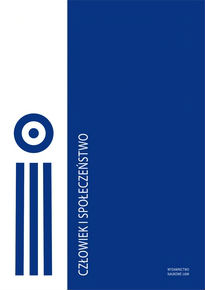
Keywords: visual aspects of Google Search
The article discusses the issue of colour-related metaphors used by institutions and common users for describing the experience of using the Web. The context of thinking about modern Internet in this text is provided by William Gibson’s classic cyberpunk novel – Neuromancer. I assume that colours may be persuasive in presenting the Internet in specific, political and business-related context.
More...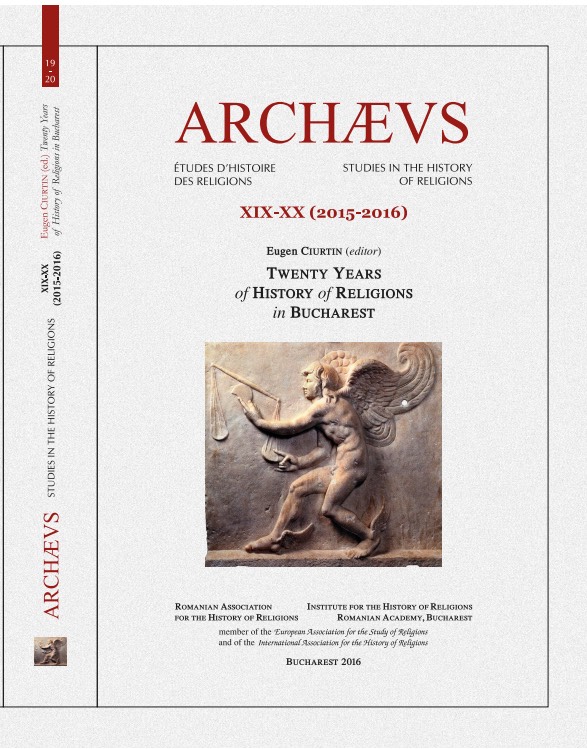
Keywords: Christopher; hagiography; Hurritic and Old-Syriac legends; giant; Legenda Aurea; Fourteen Helpers; iconography.
IN SEARCH OF AN OLDER GIANT. Review article of Otto-Hubert KOST, Christophorus. Seine Herkunft und sein Dienst, Mainz: Patrimonium Verlag, 2015. The present article aims to examine the last book of the late lamented Otto-Hubert Kost, esteemed German scholar in the academic study of religions, and his contribution related to the hagiography of Saint Christopher. His input regarding the connections among the passion of Christopher, the Golden Legend and the Hurritic and Old-Syriac legends will be analyzed from a comparative perspective. The paper will also consider selected European iconographic references associated to the research of Otto-Hubert Kost.
More...Keywords: Denis Diderot; history of translation; Estonian literature; Estonian theatre; intercultural contacts; dialogue;
Denis Diderot’s work has recently been enthusiastically translated into Estonian. Translations of Neveu de Rameau, Jacques le Fataliste, Paradoxe sur le comédien, Lettre sur les aveugles and Lettre sur les sourds et muets have been published from 2003 to 2015. In the 20th century, there was seemingly much less interest for his work. Only a few excerpts from his texts were translated and critical attention rarely focused on him. However, a closer look reveals that Diderot has held a rather important place in several culturally significant debates and that the relatively discreet response to his work reflects some key developments of Estonian literature.
More...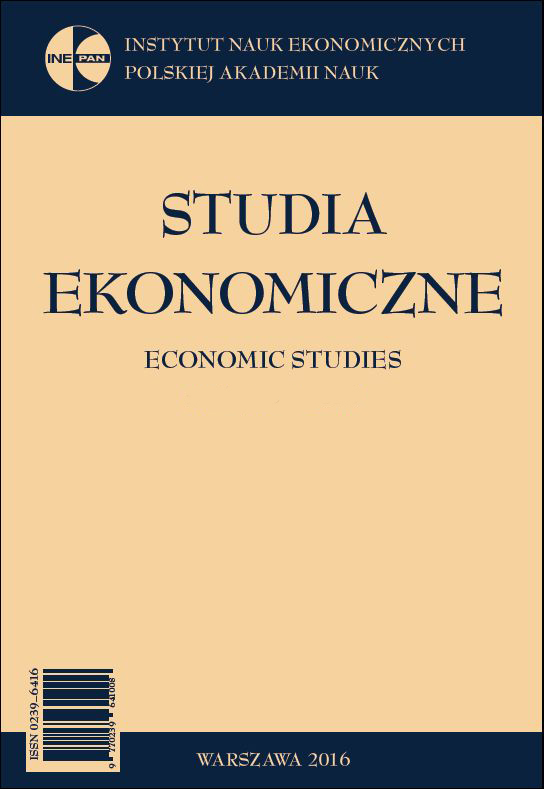
Keywords: social market economy; state capitalism; neoliberalism; ordoliberalism; democratization; industrial policy; middle class
Modern economic models cannot serve as a basis for future socio-economic development, because they oppose freedom and justice, the individual and society. The formation of a new economic model of development is now an urgent necessity for both developed countries and for developing countries. An alternative can be a new economic theory, which is the Concept of Economic Sociodynamics, assuming the equal interaction of individuals and society within the political procedures of pluralistic democracy. The article shows that the institutions of democracy are inseparable from the successful development of society; from the point of view of economic practice, the positions of the supporters of the two paradigms – the neo-liberal and the social-democratic, are analyzed; the opportunities and directions of Russia’s development are considered, taking into account the use of the country’s preserved potential, its historical, cultural and geographical features, the advantages of its geographical location, as well as the new conditions for world development.
More...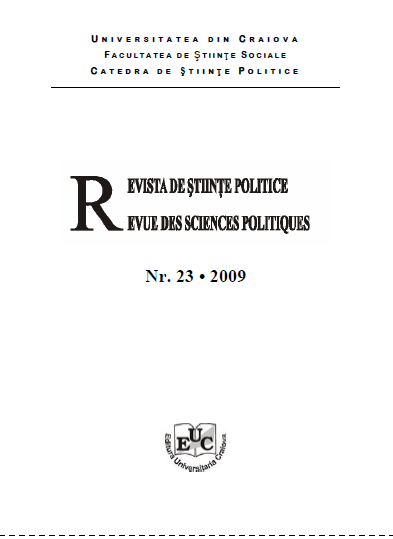
Keywords: interview; question; answer; reporter;
This article is a theoretical overview of the concept of journalistic interview. The author approaches several important issues (e.g., the techniques of interviewing, the various types of interviews, the categories of questions).
More...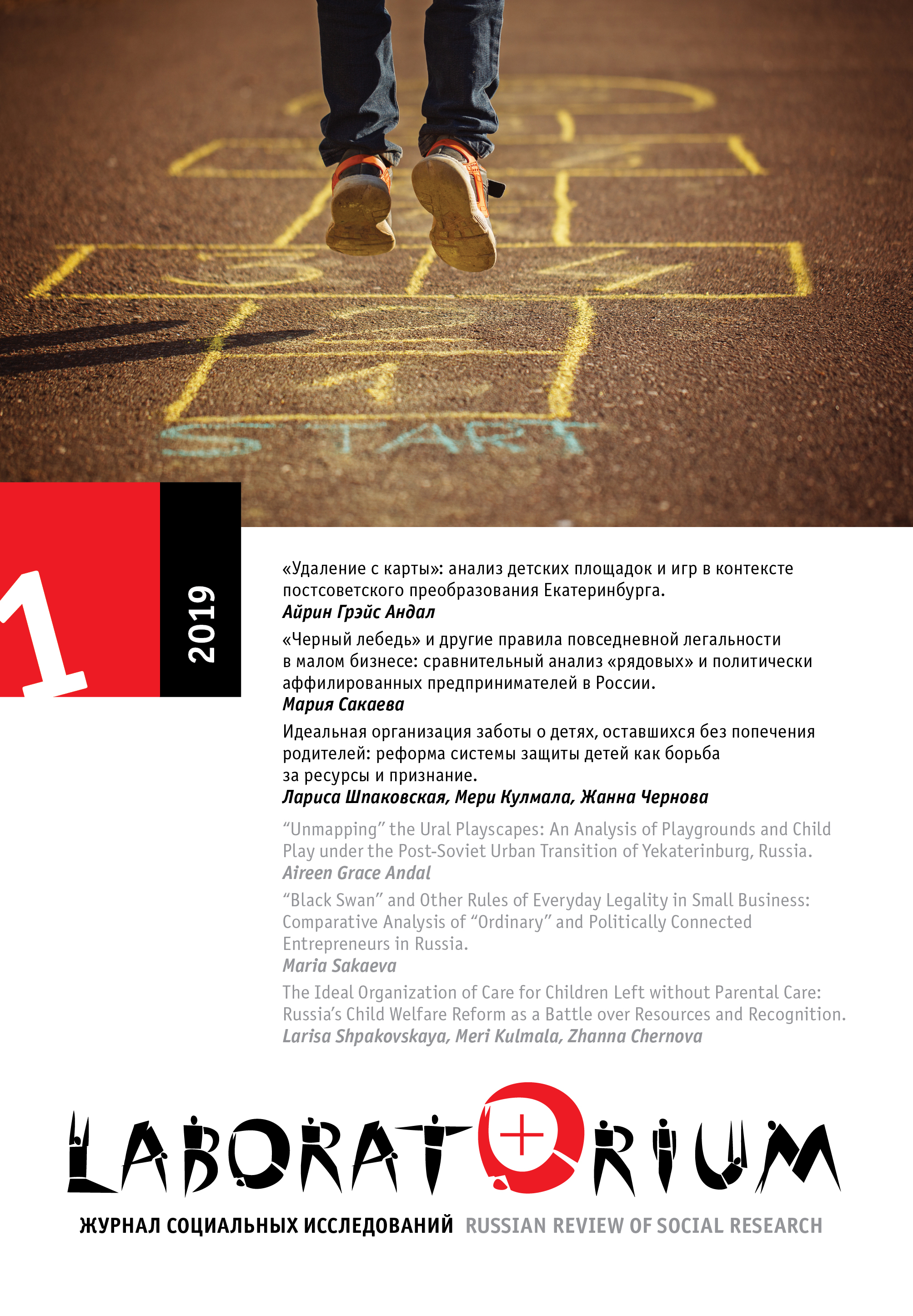
Keywords: Search; Human-Computer Interaction; Interface; Personal Information Management; Agency;
The development of information technology over the last three decades has revolutionized everyday activities in a domain that can be referred to as personal information management. The personal information environment in which this management takes place consists of both digital and nondigital information artifacts, which a user employs systematically. Interfaces of digital information technology employ analogies for nondigital affordances and nondigital methods of handling information artefacts. Ethnographic studies of nondigital information management have established two poles toward which personal information management strategies tend to gravitate: systematization of documents kept in topically organized folders and keeping documents in chronologically organized piles. Interfaces of digital information technologies provide affordances for both types of strategies. Affordances that make possible dealing with digital information artifacts provide means for finding objects without caring about their location; this is an essentially new feature, unavailable in the nondigital world. Context-sensitive technologies on mobile platforms add opportunities for everyday search such as allowing for finding objects within the information layer of augmented reality and satisfying users’ need for services in addition to simply finding information. Everyday search practices have been most affected by technology that analyzes data on users’ behavior and displays certain degree of agency while providing personalized recommendations and offering objects that the user did not know about or did not look for.
More...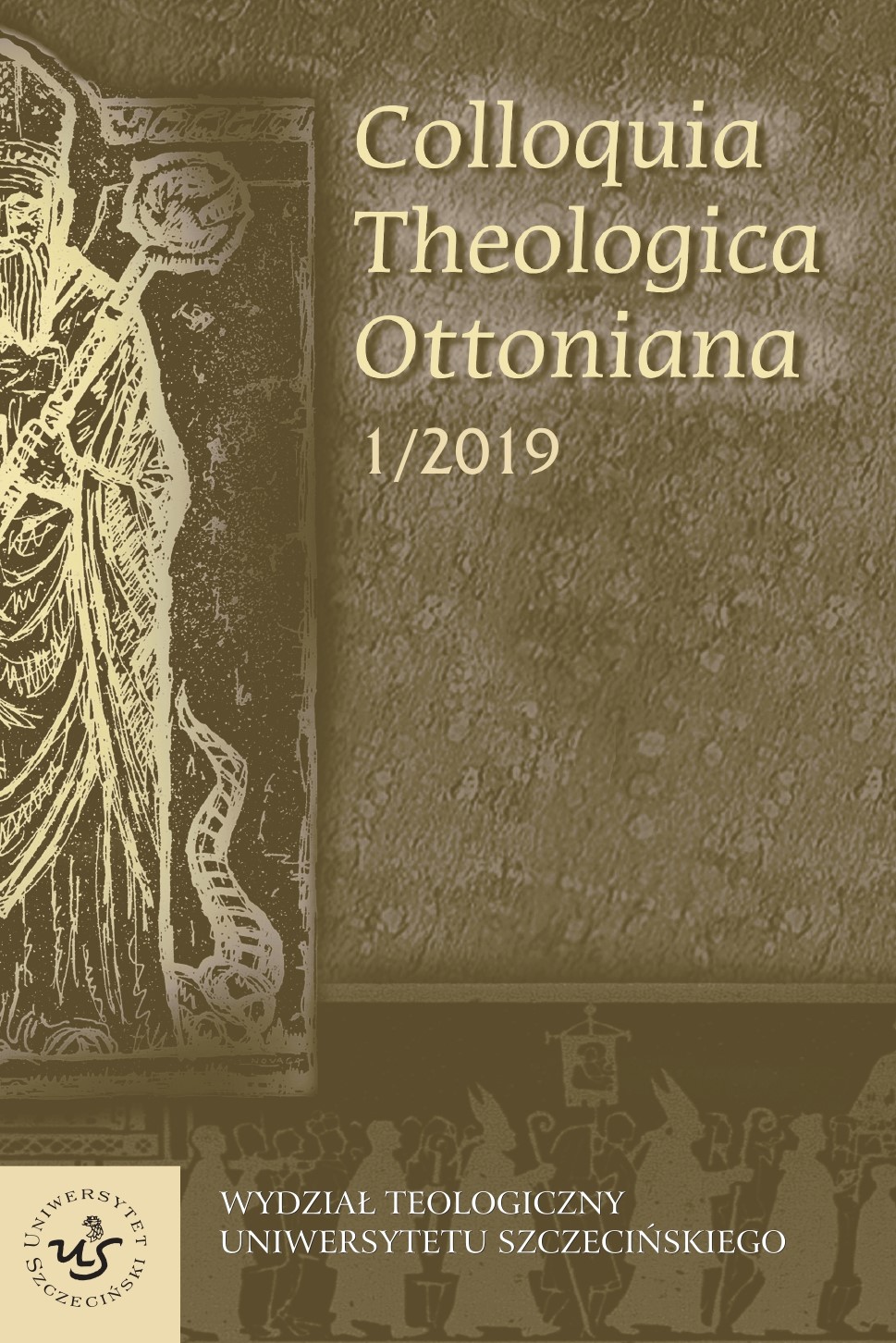
Keywords: priest; Gorzów Apostolic Administration; Szczecin-Kamień Archdiocese; ministry; Szczecin; Paris
In the context of brain evolutionary processes, thalamus plays important role in shaping of spirituality. Animal and human brain structure and function shows evolutionary leap between infraorbital region and prefrontal cortex which gives foundation for searching there human spirituality. Neuroscientists does not only associate human spirituality with brain evolution and development but also see foundations of morality and consciousness in its structures. Recent neurobiological research results are very insightful in what used to be exclusively philosophical area of expertise. Considerations presented in the article include language, morality, rationality and mind in context of evolution.
More...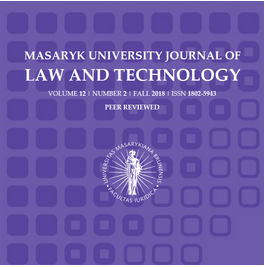
Keywords: Law of balancing; cyberspace; liberalism; communitarianism; legal culture;
The primary aim of this paper is to introduce some thoughts and insights about the application of the law of balancing in cyberspace, the concept of identity (liberalism versus communitarianism), the code of legal culture structure and the “lex-net” and “ius-net” programs.
More...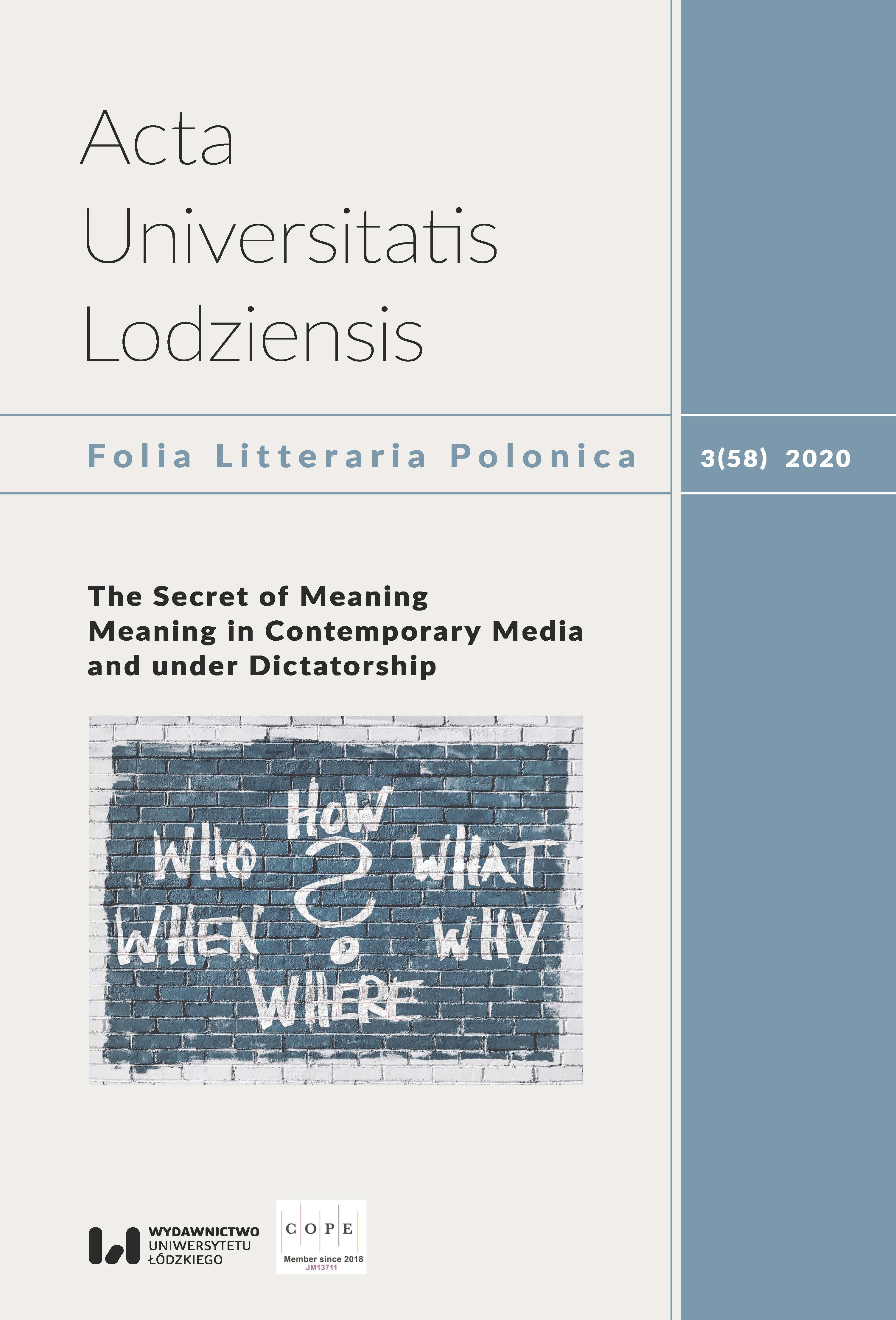
Keywords: meaning; cognitive configuration; discourse; paraphrasing; translation
The aim of the article is to define the relationship between the meaning included in an utterance and its formal shape. The author based his discussion on the study of natural communication. The notion of meaning is in the article associated with that which in communicational grammar is referred to as cognitive configuration. It is expressed through texts, but texts indicate the meaning a sender intends to send in only a conventional manner. The author stressed the mechanism of the emergence of meaning in the process of paraphrasing utterances and its consequences for the practice of translation. He included the notion of discoursive meaning assuming that every discourse has specific individual self-organisation rules without considering which communication within it would not be possible.
More...
Keywords: interview; urban environment; sounds; Enrico Coniglio;
Intreview with Enrico Coniglio, by Marek Jeziński.
More...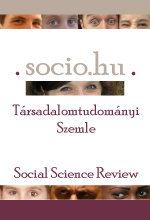
Keywords: urban preservation; townscape; resilience; historical urban neighbourhood
In this paper my aim is to examine the Hungarian architectural discourse between 1928 and 1944, with special regard to the ‘historical’ centre of Pest. The observation is carried out through the review of architectural journals and theoretical essays. I undertake a historical analysis of the various uses and changes in the meaning of the concept of townscape. Analysis of the architectural discourse for this time interval might provide a better understanding of the transformation in the perception of urban space. The examined period can be boldly called the ‘dawn of urban heritage protection’, but also the age of a new urbanity that envisioned the rethinking of urban space through the reconstruction of complete urban areas. This paradox not only had a remarkable impact on rethinking of urban space, especially on determining values, but also led to experimental and hybrid spatial categories. My aim is to study this specific problem of social history, which not only made urban preservation part of the discourse but expanded it more and more as a continually growing ‘set’. This set captures and addresses the diverse aspects of urban life, making the concept of urban heritage even more complex. The fundamental questions of the study are how the discourse conceptualises urban spatial categories, more precisely, how the materiality of the built environment and representations of space are taken into account. The discourse on compatibility encompasses all strategic behaviours that seek to integrate the historic city and the new architectural solutions incorporating the needs of the present. In order to analyse the ways in which the city centre was constructed in the discourse, I incorporate the resilience model into the argument. Thus, the discussion may help understanding how changes in the interpretation of urban space result in a new attitude towards preservation, development or modernization of ‘historic’ neighbourhoods.
More...It has been hypothesised that the chicken (Gallus gallus domesticus) was introduced to the area of what is now modernday Estonia around the PreRoman or Roman Iron Age. However, none of the earliest chicken bones found in the area had been radiocarbon dated and due to a complex contextual background, the question of its first appearance has been left open. With the aim of finding the earliest evidence for the chicken in Estonia, we looked into the zooarchaeological material from twelve archaeological sites, including burial grounds, settlement sites, and hillforts. The earliest evidence had been reported at four of these sites, but during the taxonomic reassessment, no chicken bones were identified. From the remaining eight sites, nine chicken bones were radiocarbon dated by AMS. The sample from a stonecist grave at Rebala (northern Estonia) was dated to 200 calBCE – 5 calCE, which means that this individual is the earliest confirmed chicken in Estonia. The other dates range from the PreViking Age to the Modern Period, with some of them illustrating the complicated nature of faunal remains in archaeological contexts. Although this study elucidates the first appearance of the chicken in Estonia and in the Baltic region in general, its origin, ways of exploitation, and the extent of its spreading remain to be studied.
More...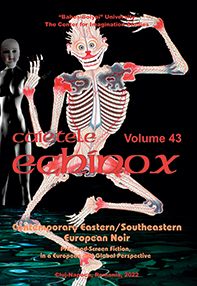
Keywords: review; religion; romantic era; Vasile Voia;
Review of: Vasile Voia, Religia în epoca romantică: Un imaginar al Absolutului, Cluj-Napoca, Școala Ardeleană, 2022
More...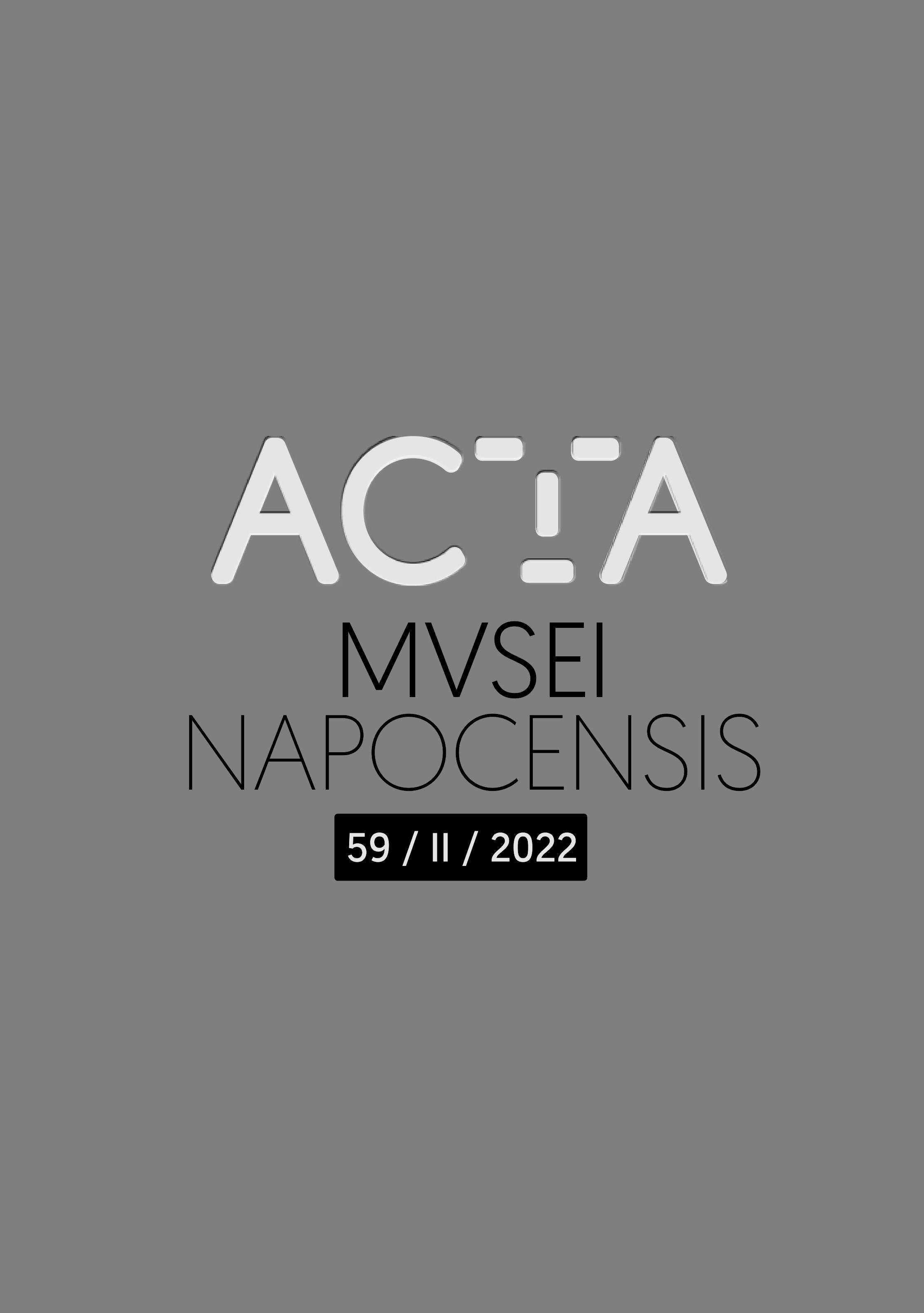
Keywords: review; history of Romania; communist period; Dennis Deletant;
Review of: Dennis DELETANT, In Search of Romania, C Hurst&Co Publishers Ltd, London, 2022, pp.294, ISBN 978–178-738–701-0
More...